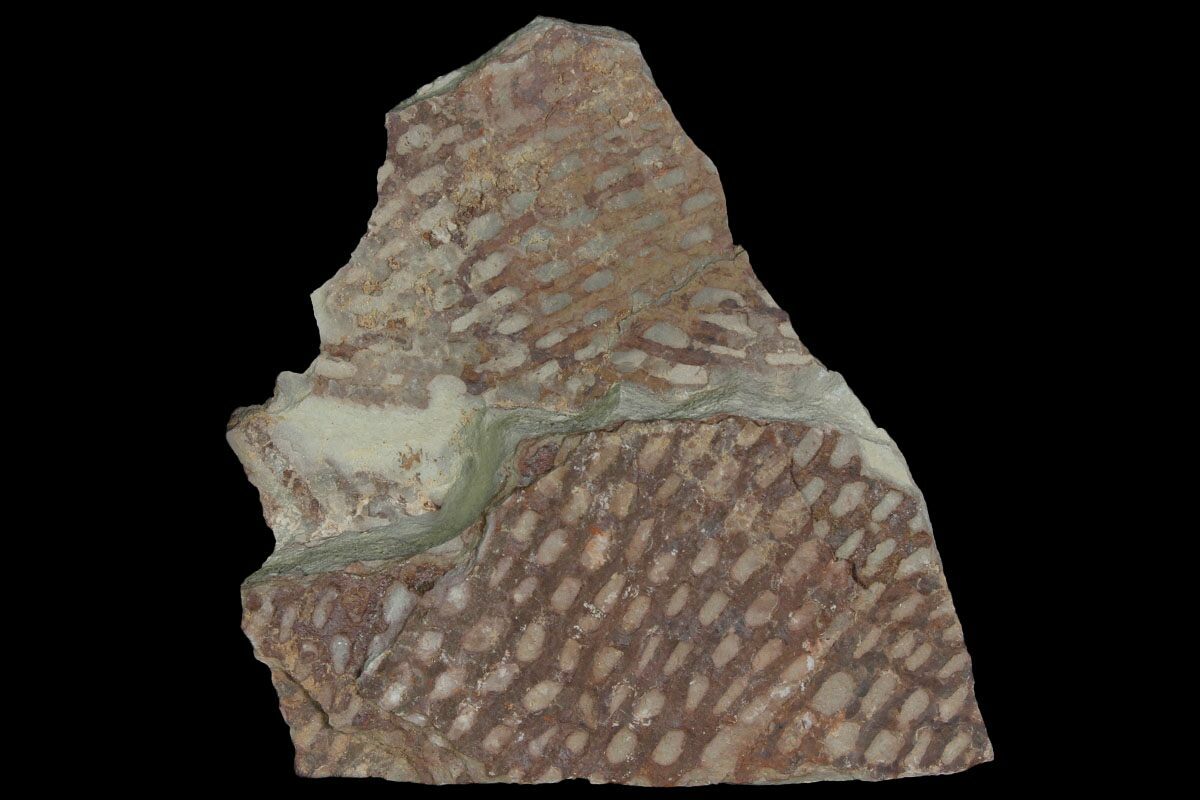
Nevertheless this uniserial morphology had survived for over 30 million years and may have continued after the Early Devonian in lineages that did not secrete a preservable skeleton. Peared during the Early Devonian (Pragian) in China, Eurasia and North America. I-III indicate the three main radiations: anisograptid, dichograptid and diplograptid 1a-6c represent 19 time slices through the Ordovician Period. Figure 15.29 Graptolite biostratigraphy and graptolite evolutionary faunas. The last graptolites, species of Monograptus, disap-įigure 15.28 Evolution of thecae. The single-stiped monograptids dominated Silurian graptolite faunas and, despite their apparent simplicity, the group developed a huge variety of forms (Fig. A twin-stiped dichograptid was probably ancestral to the next wave of graptolites, the diplograptids, which radiated in the Mid Darriwilian (Middle Ordovician). The explosion of dichograptid genera during the Floian introduced a variety of symmetric graptolites with from about eight to two stipes oriented in declined, pendent and scandent attitudes (Fig. The Tremadocian seas witnessed the radiation of the anisograptids.

Both Radiograptus and Dictyonema have been cited as possible ancestors for the planktonic graptolites, and perhaps Staurograptus was in fact the first planktonic graptolite. During the Late Cambrian and Early Ordovician, some dendroids made the jump from the sessile benthos to the plankton attachment disks continuous with the nema suggest these genera may have hung suspended in the surface waters and pursued an epi-planktonic life strategy. The fauna included genera such as Aspidograptus and Dictyonema, which resembled small shrubs and were attached to the substrate by holdfasts or more complex root-like structures. But by the Late Cambrian, the diversity of the dendroid fauna had markedly increased. The first undoubted graptolites include the dendroids Callograptus, Den-drograptus and Dictyonema occurring in Middle Cambrian rocks of North America. The small, stick-like benthic organisms reported from Middle Cambrian rocks on the Siberian platform and ascribed to the graptolites may be better assigned to the Figure 15.27 Evolution of stipes. Graptolite evolution has been described in terms of four main stages of morphological development:ġ The transition from sessile to planktonic strategies in the dendroids during the Late Cambrian and Early Ordovician.Ģ At the end of the Tremadocian (early Early Ordovician), the appearance of the singletype thecae of the graptoloids.ģ The development of the biserial rhabdo-some in the Floian (late Early Ordoviaian).Ĥ Finally, the origin of the uniserial monograptids. These probably exerted an important influence on the evolutionary pathways that the grapto-loids followed.

Gravity of the colony matched that of the surrounding seawater.Ĭomputer models and physical models, including exposure to wind-tunnel conditions that mimic the effects of water currents, have emphasized the importance of harvesting strategies for the success of the colony.


 0 kommentar(er)
0 kommentar(er)
